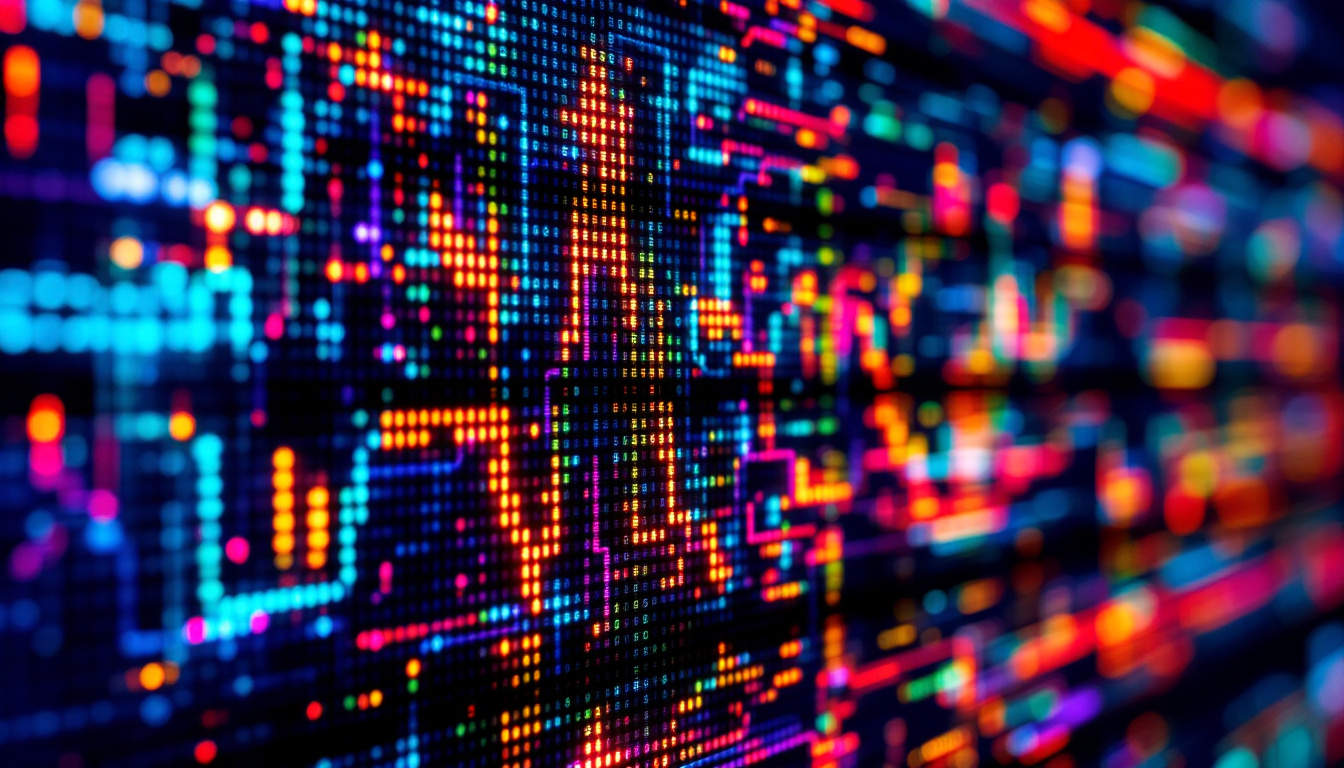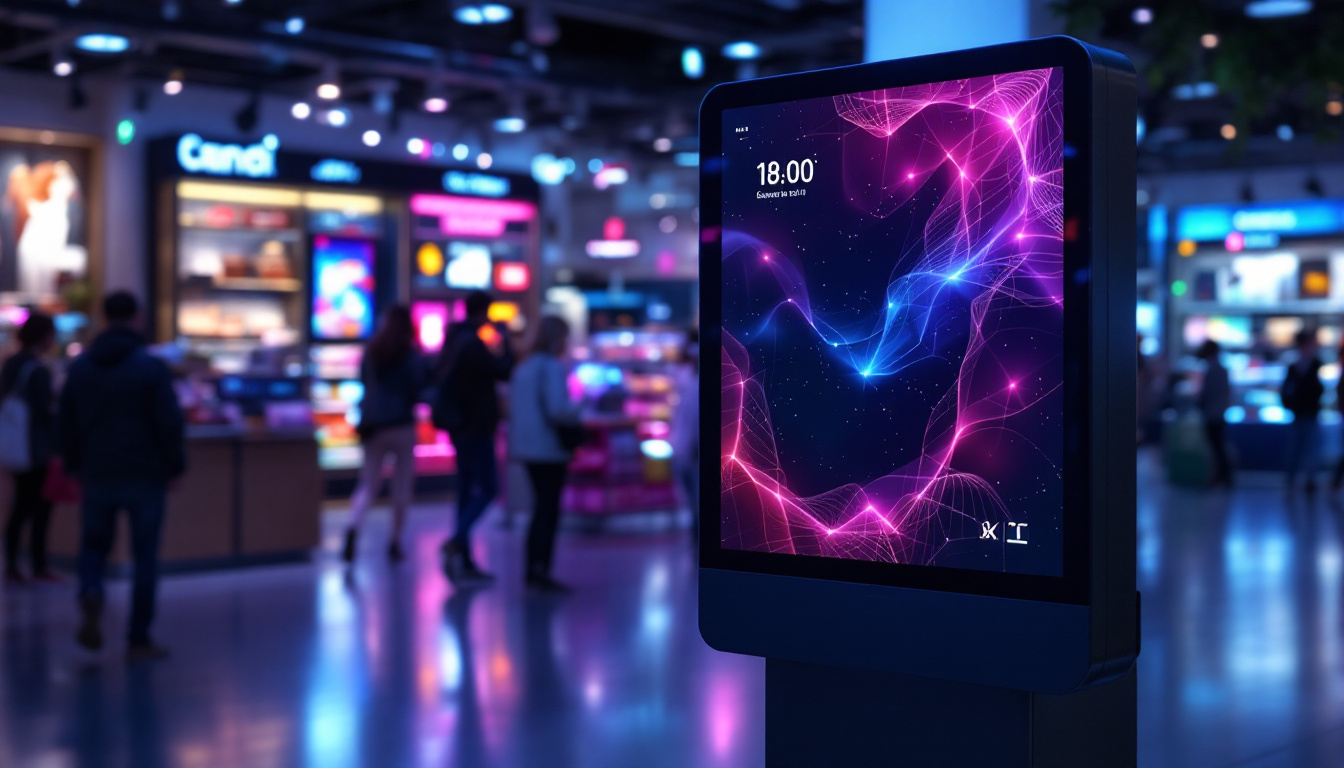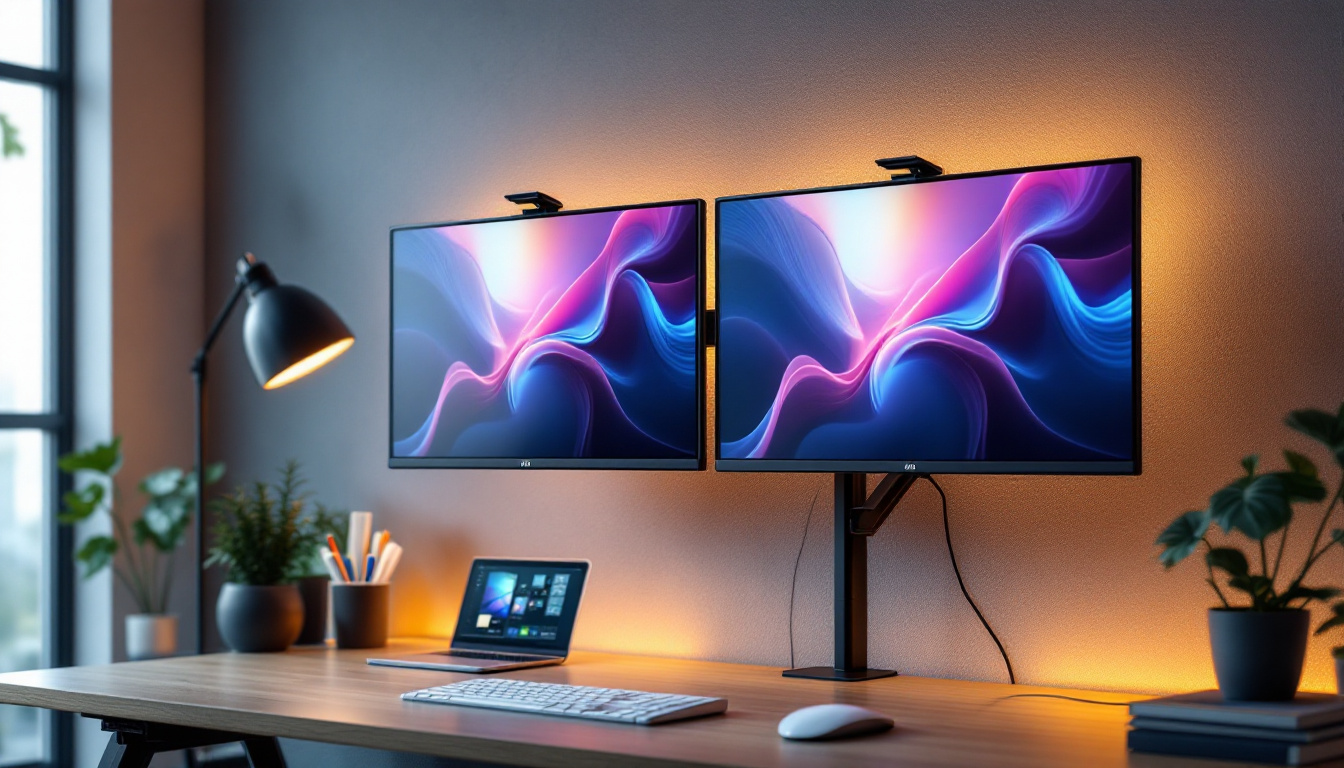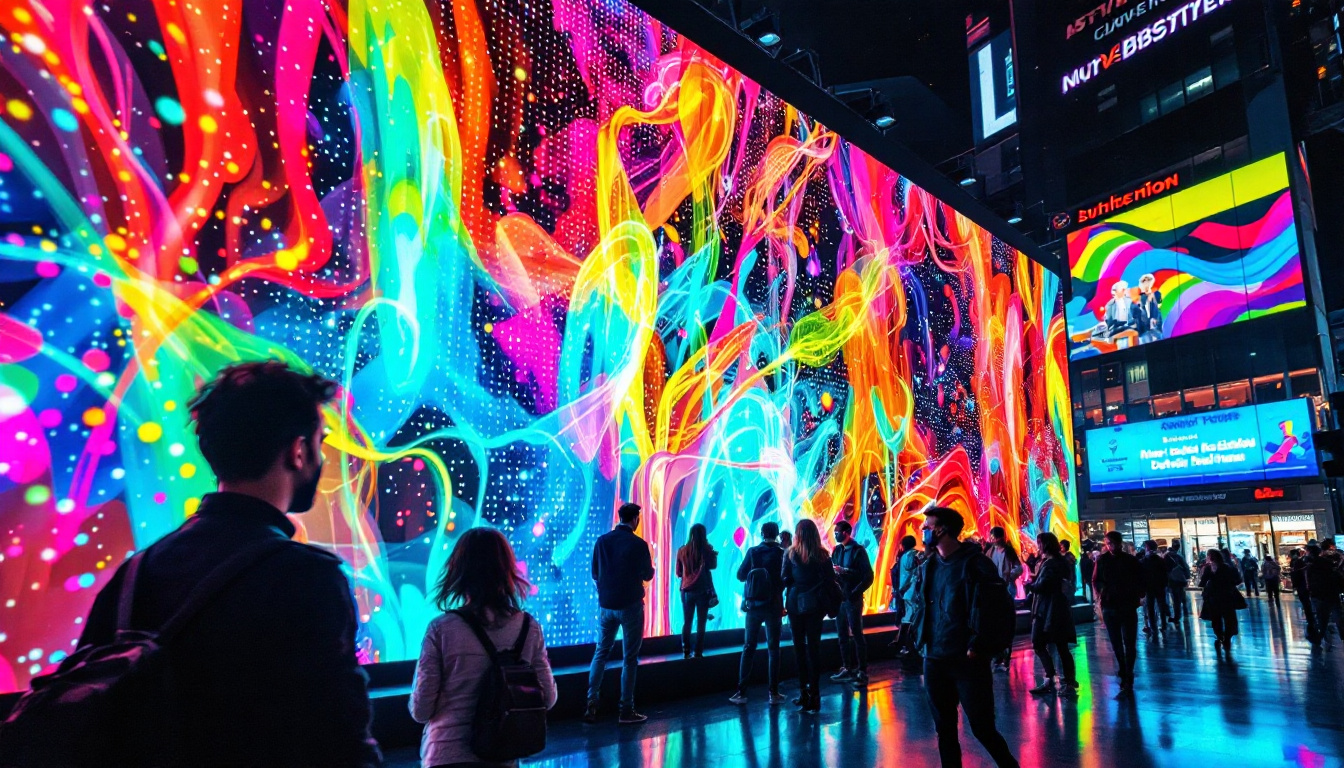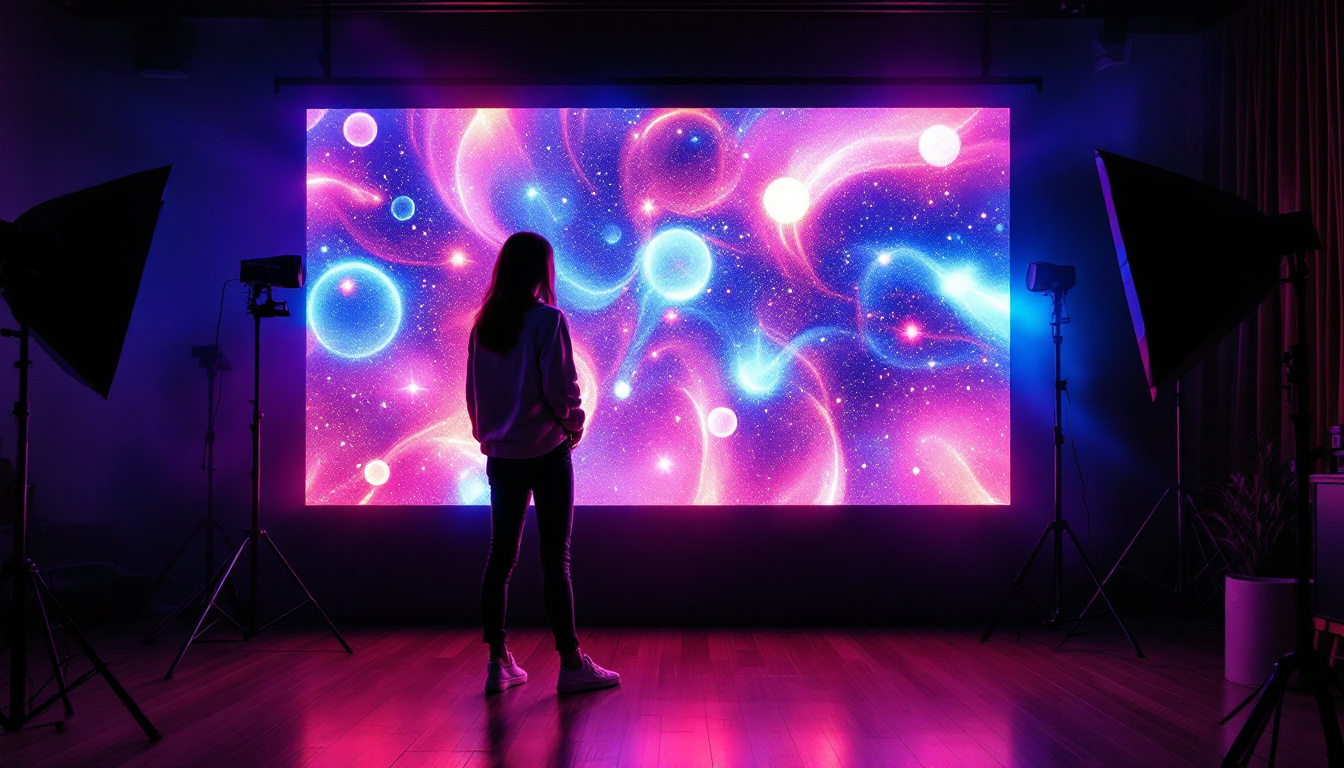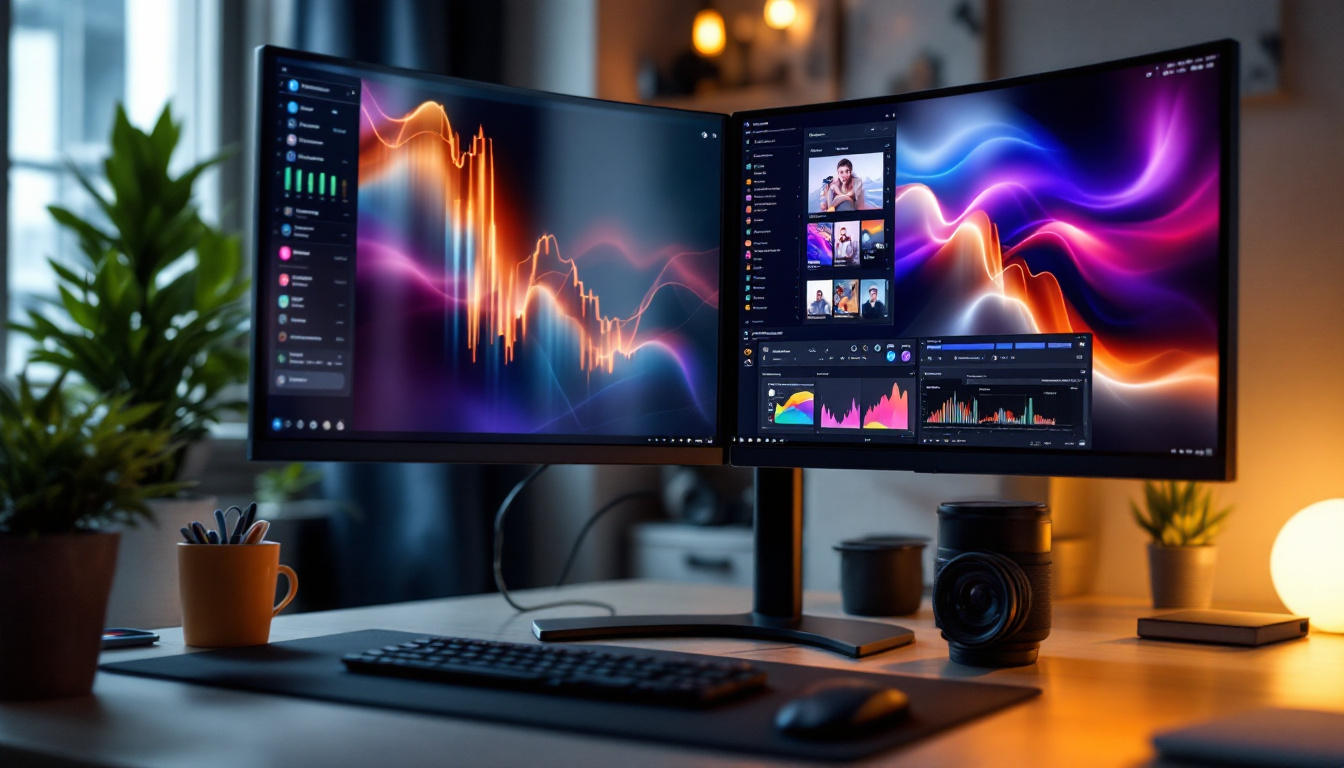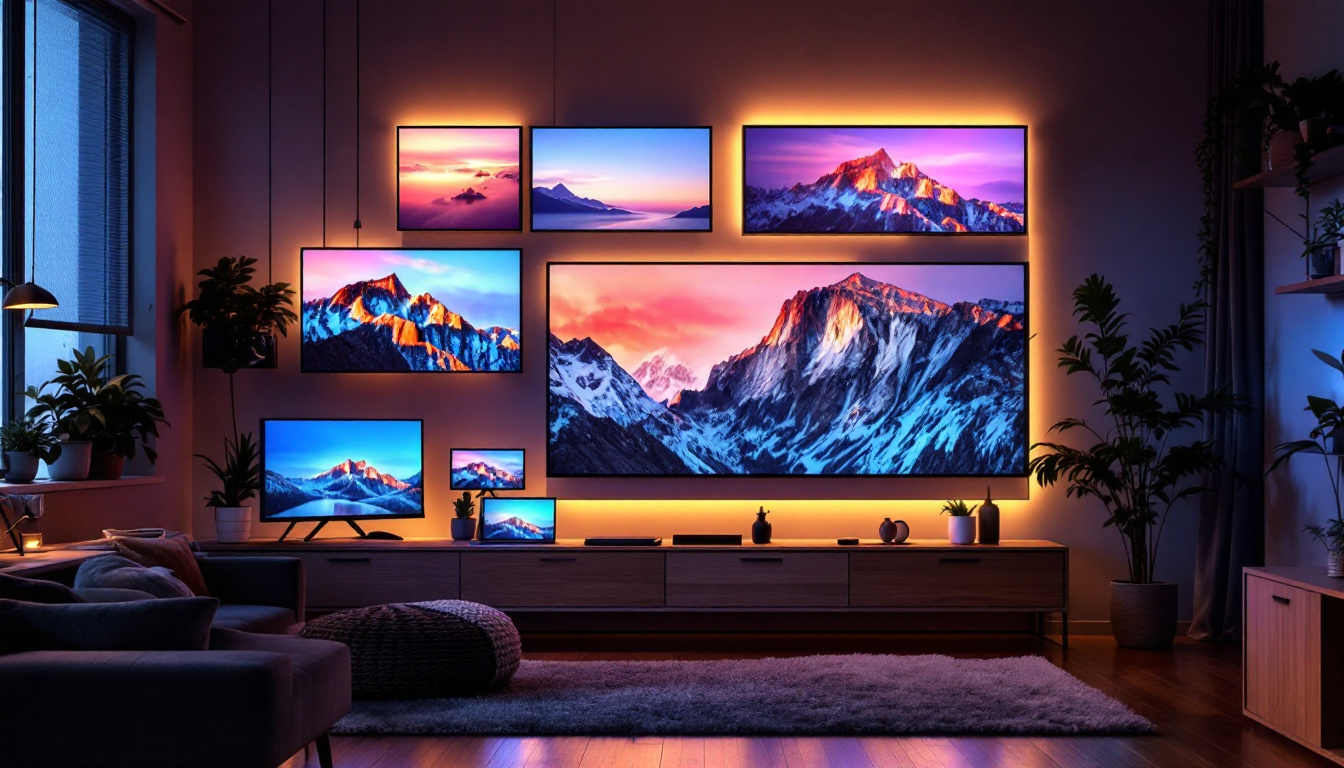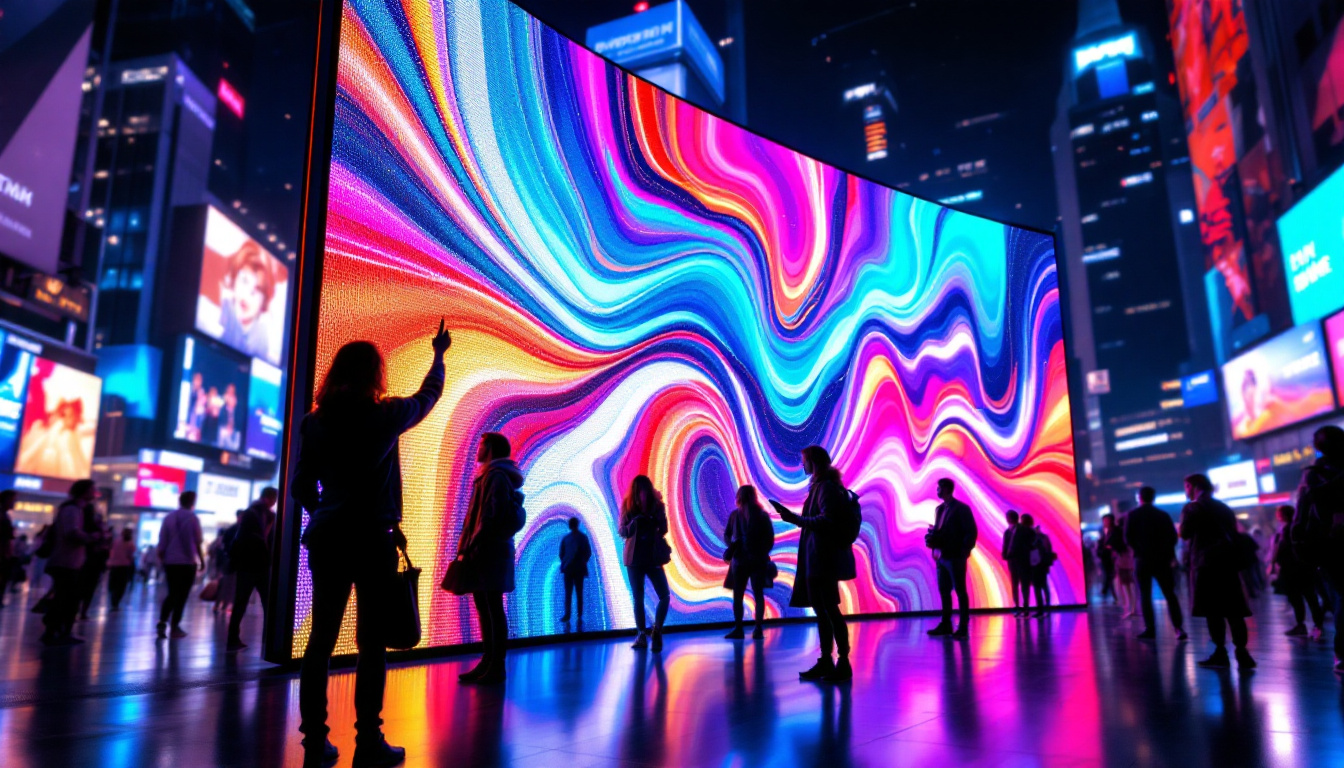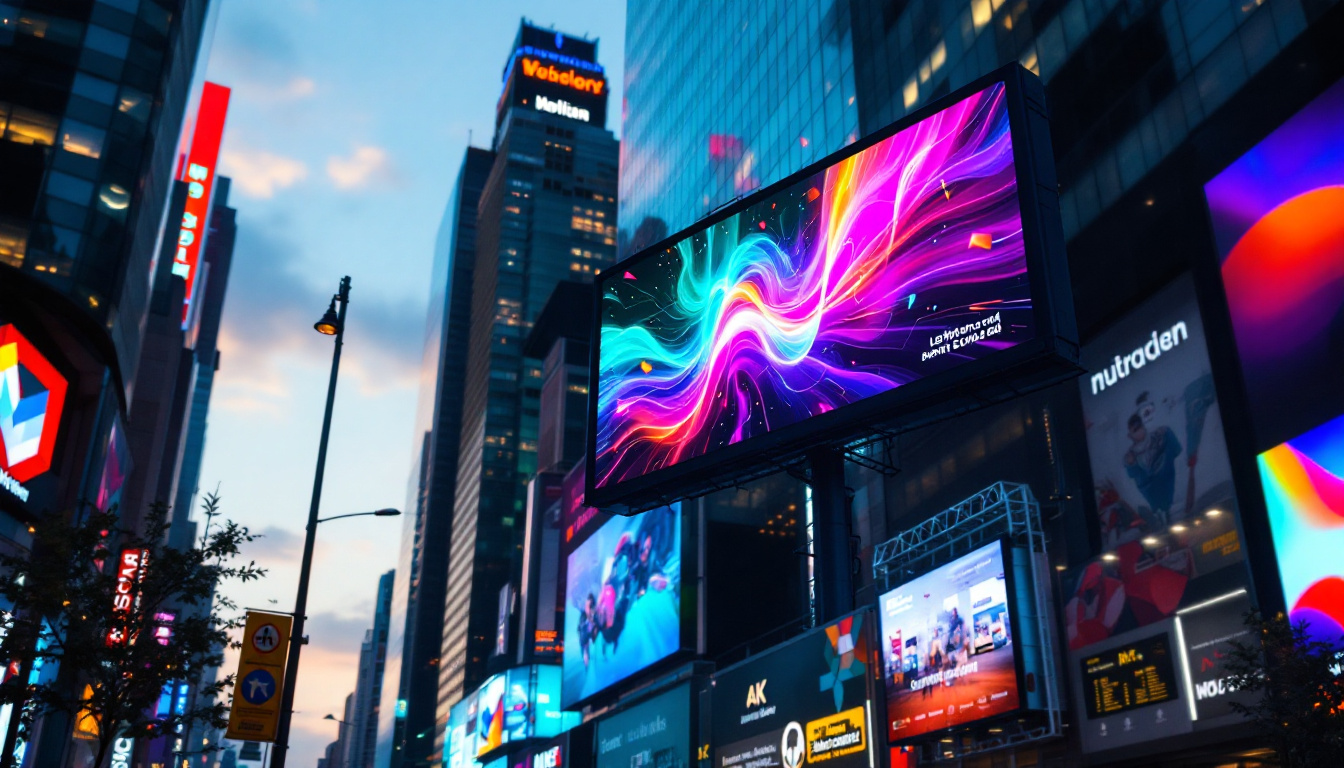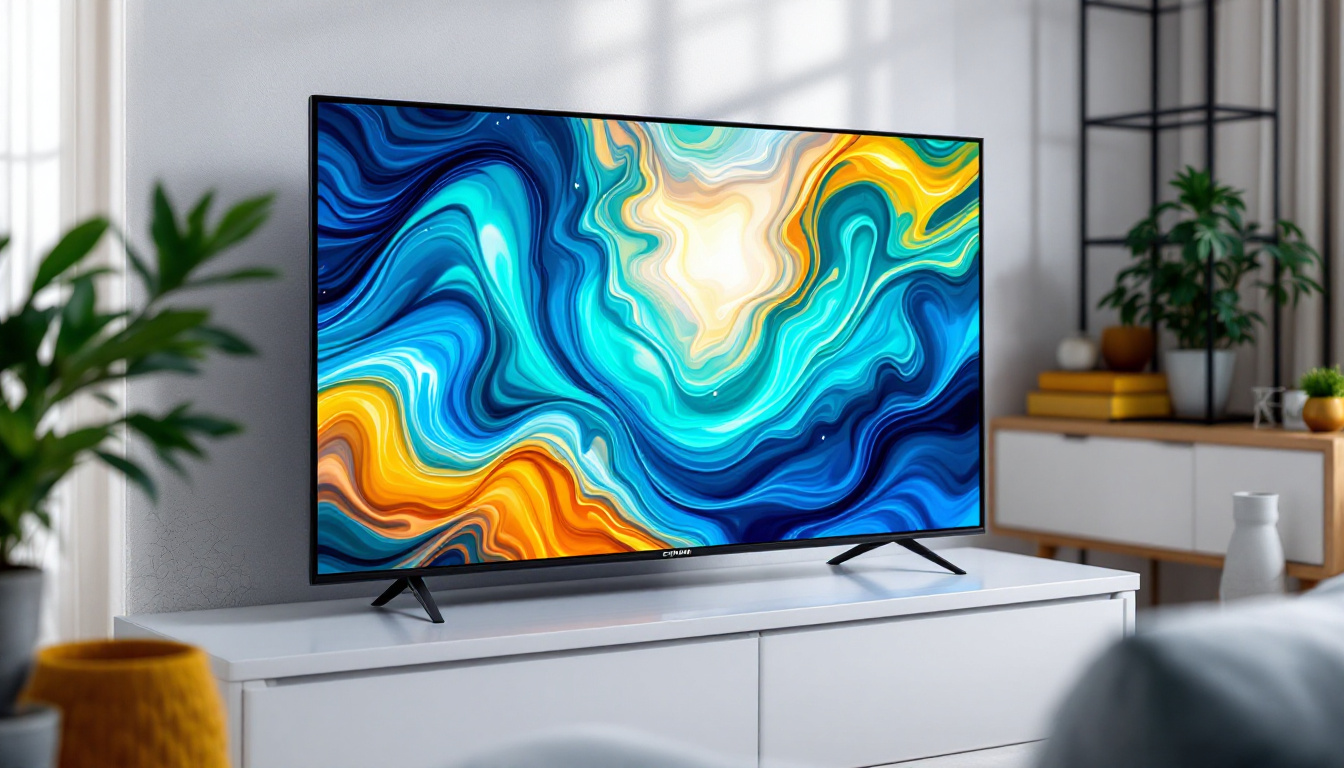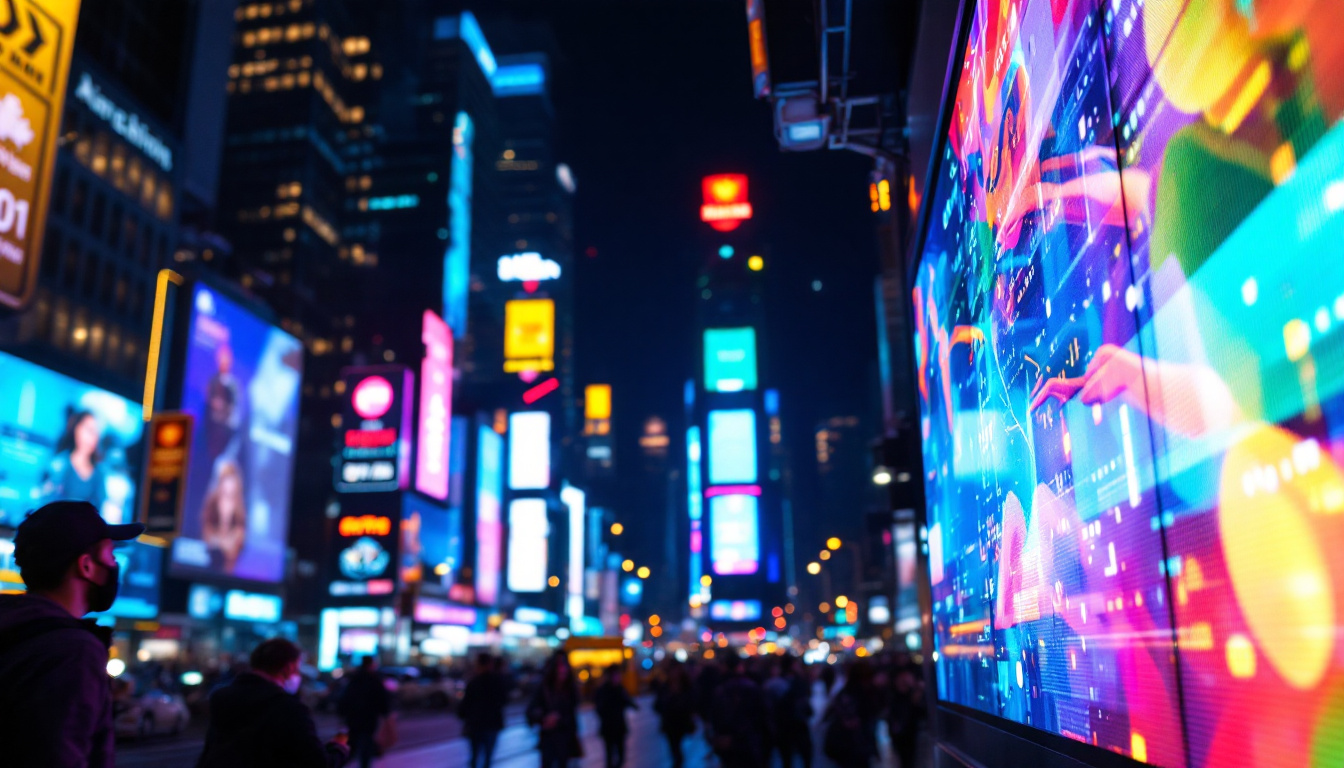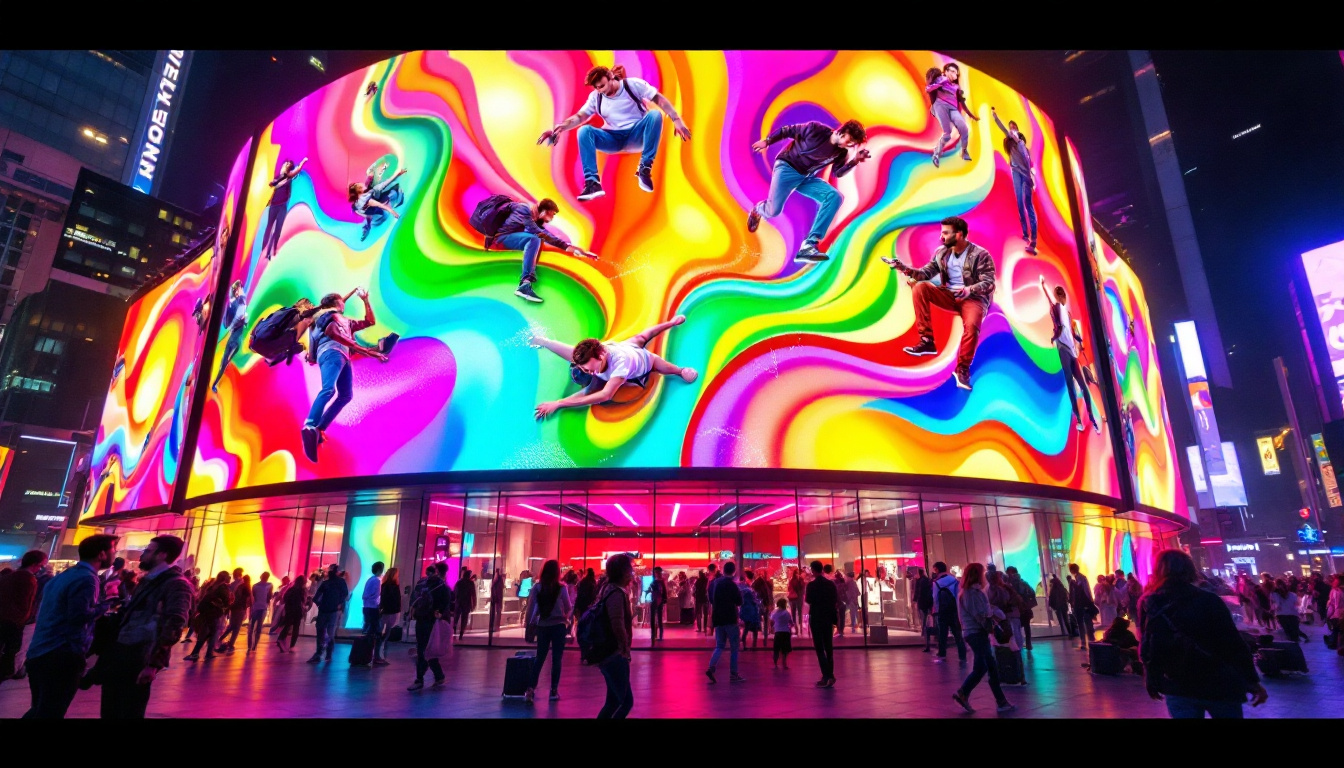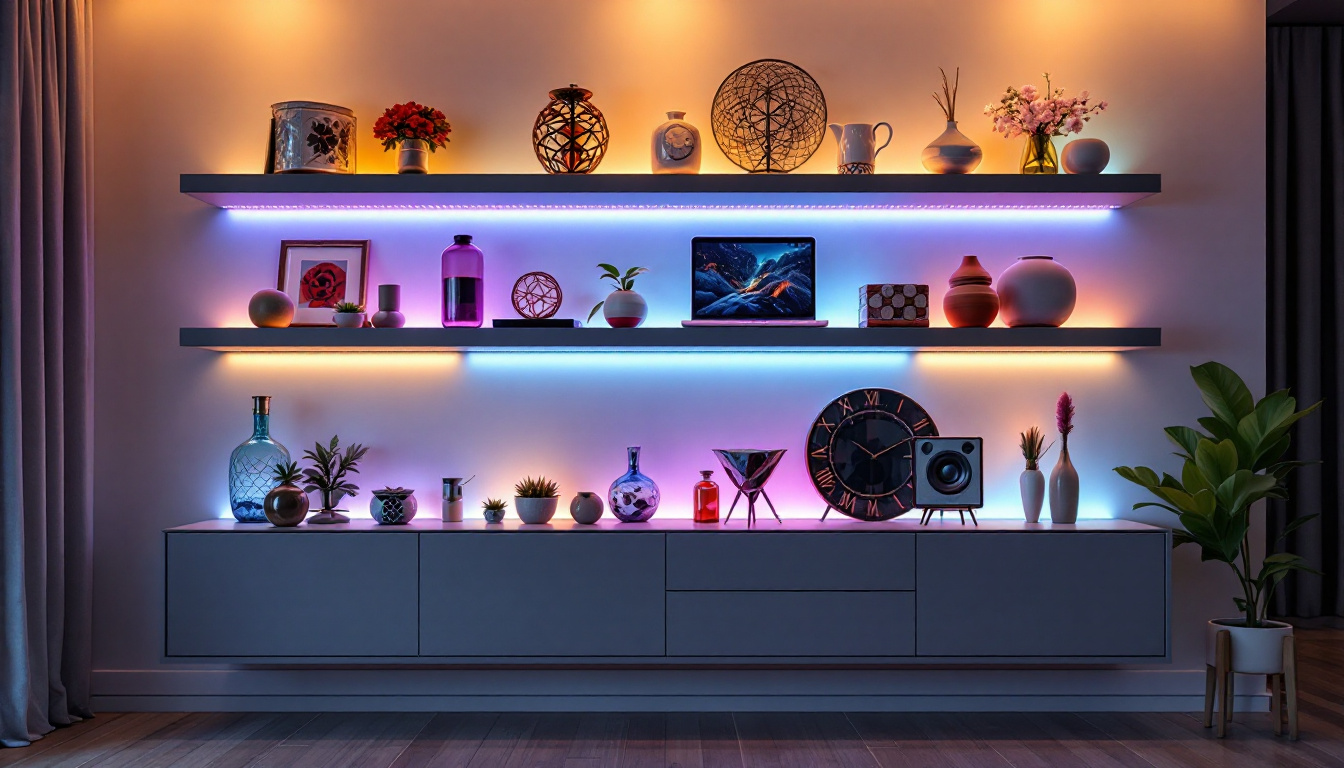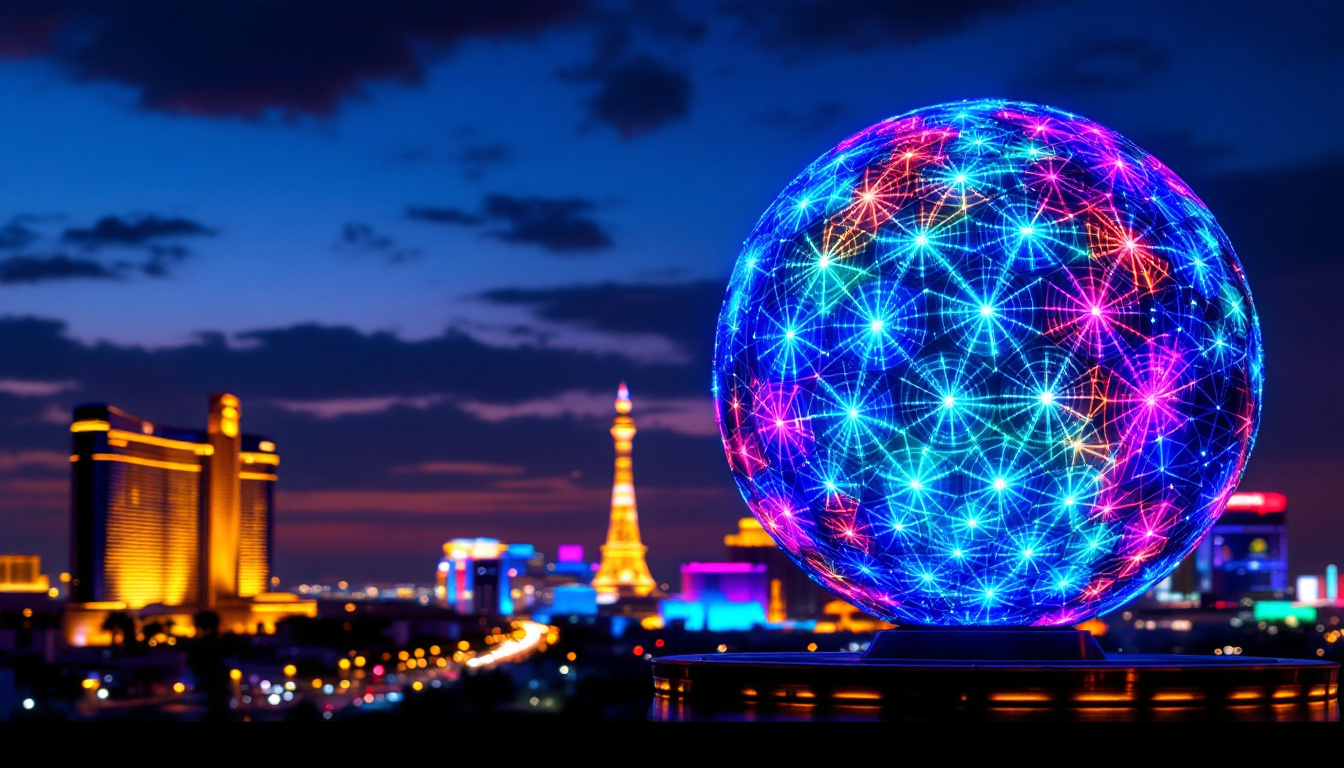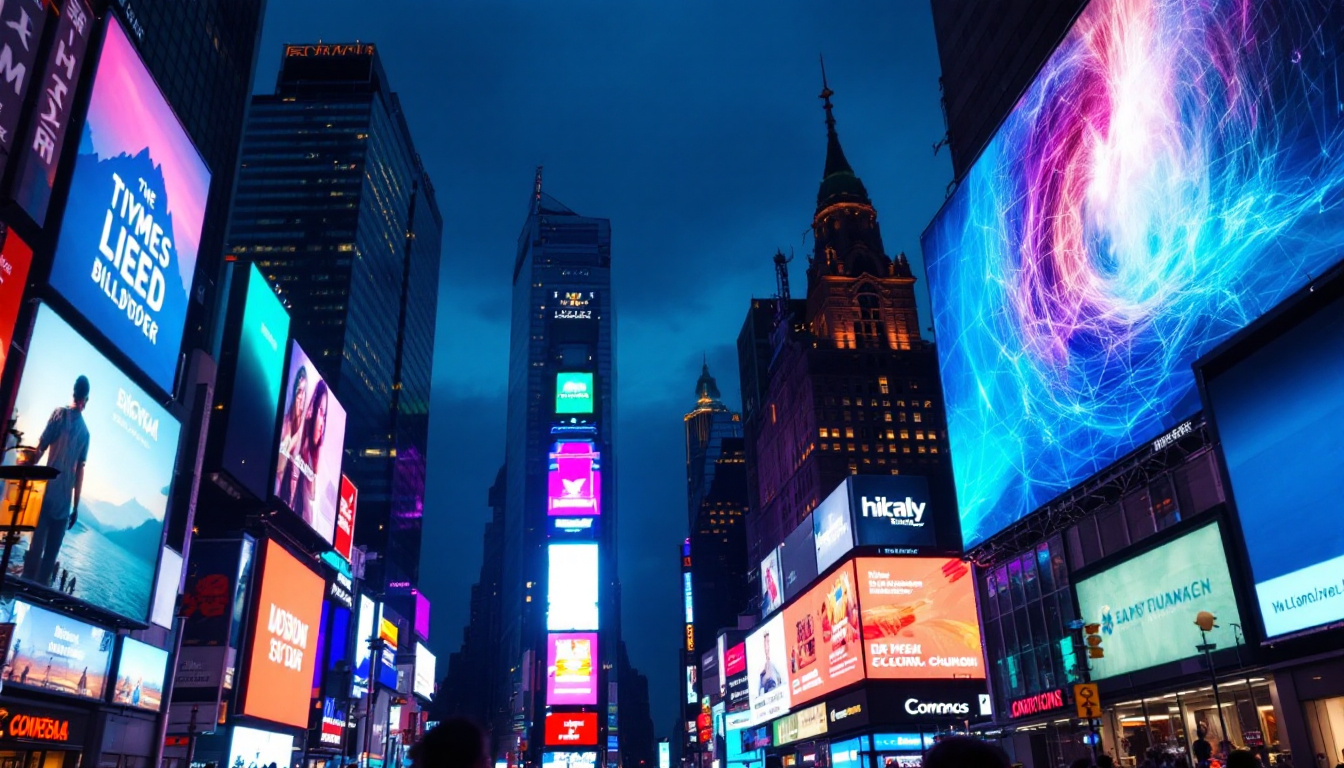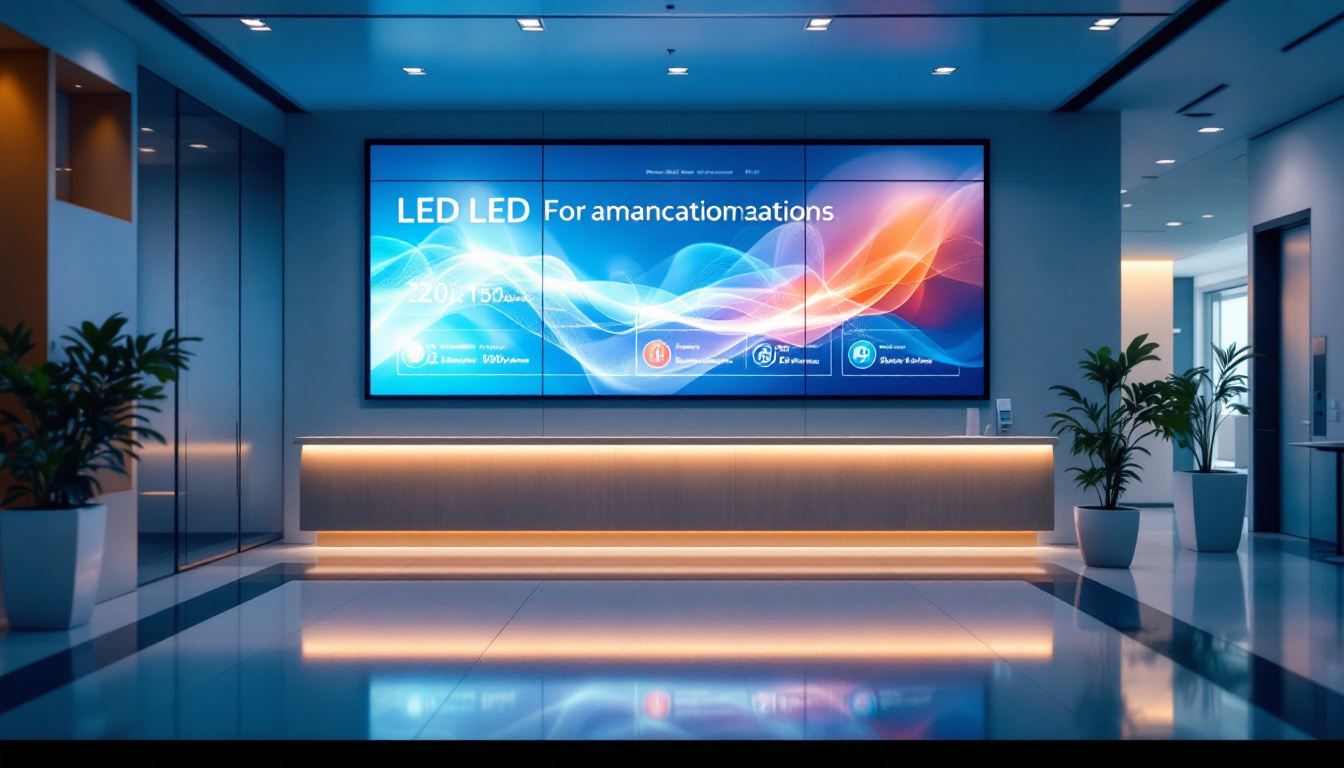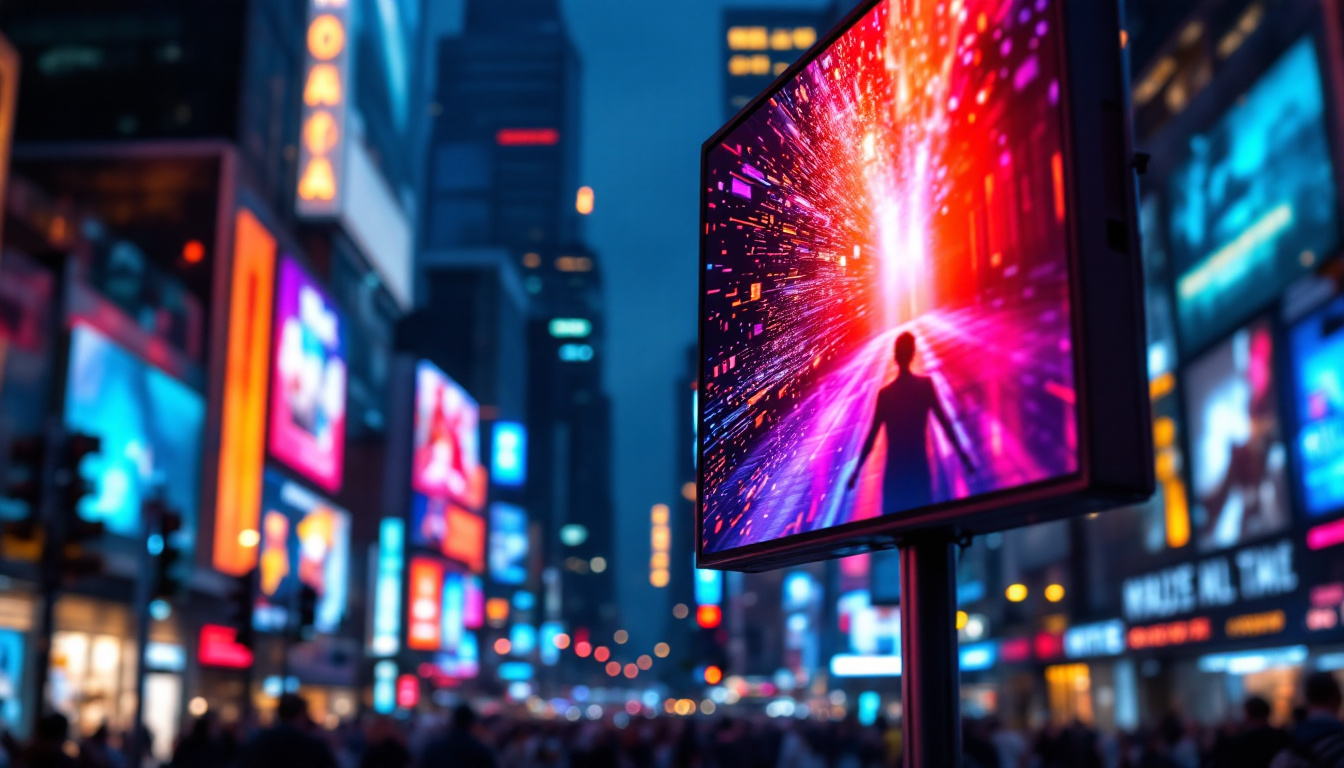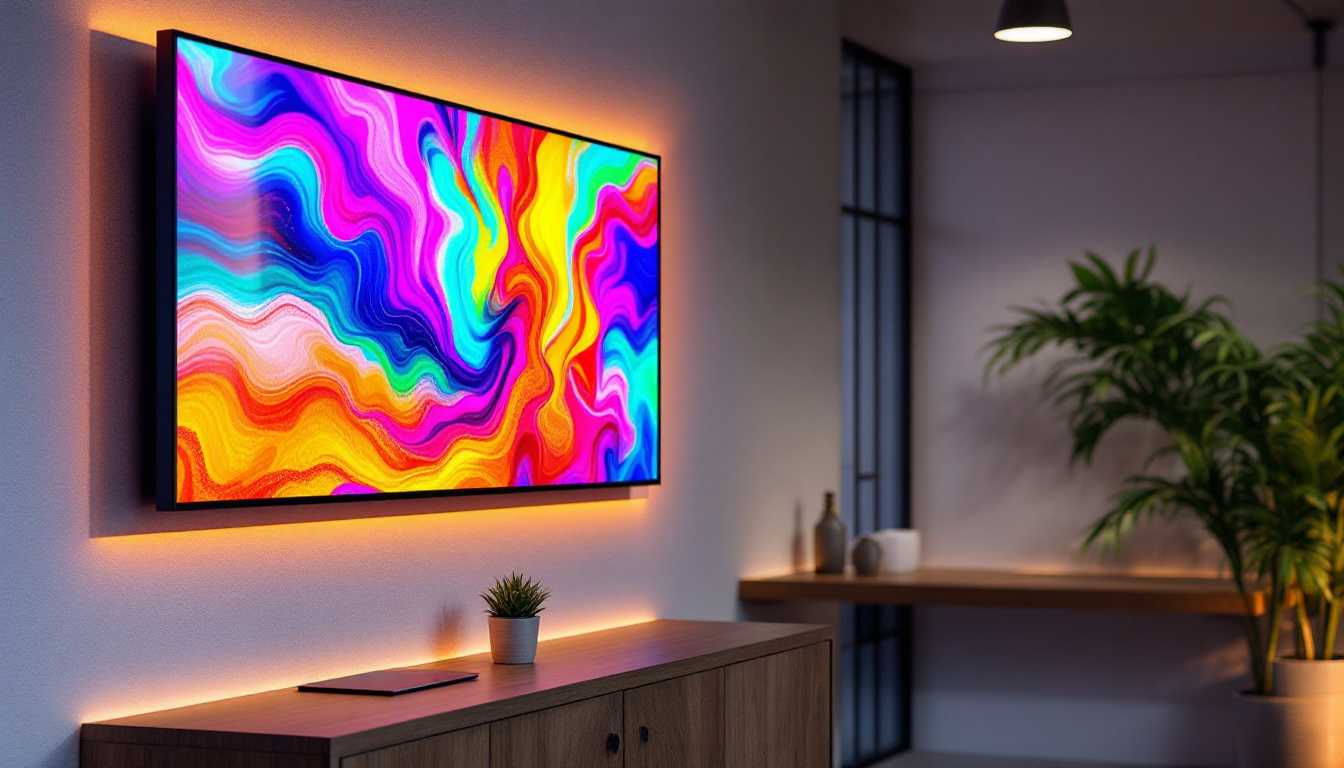In the realm of modern technology, LED displays have become a cornerstone for visual communication. From smartphones to gigantic billboards, the versatility and efficiency of LED technology have transformed how information is conveyed. One of the critical aspects of understanding LED displays is the measurement of pixel density, often expressed in terms of millimeters (mm). This article delves into the intricacies of LED displays, focusing on the significance of pixel measurements and their impact on display quality.
Understanding LED Displays
LED, or Light Emitting Diode, displays utilize semiconductor technology to produce light. These displays are composed of numerous tiny diodes that emit light when an electric current passes through them. The arrangement and density of these diodes determine the display’s resolution and clarity. The evolution of LED technology has significantly enhanced the visual experience, allowing for brighter colors, deeper blacks, and improved energy efficiency compared to traditional display technologies.
The Components of LED Displays
LED displays consist of several key components, including the LED modules, power supply, and control systems. Each module is made up of multiple LEDs arranged in a grid pattern. The configuration of these modules can vary based on the intended application, ranging from small screens for handheld devices to large outdoor displays. The modular design not only facilitates easier repairs and upgrades but also allows for flexible scaling, making it possible to create displays of virtually any size or shape.
The power supply is crucial for maintaining the brightness and color consistency of the display. It regulates the voltage and current supplied to the LEDs, ensuring optimal performance. The control system, often software-driven, manages the input signals and coordinates the display output. Advanced control systems can also incorporate features such as real-time content updates and remote management, enabling users to change displayed information dynamically, which is particularly useful in advertising and information dissemination.
Types of LED Displays
There are several types of LED displays, each designed for specific applications. Common types include:
- Direct View LED Displays: These displays use individual LEDs to create images and are often used in outdoor advertising and large venues. Their high brightness and visibility make them ideal for environments with strong ambient light.
- LED Backlit Displays: Found in televisions and computer monitors, these displays use LEDs to illuminate an LCD panel from behind. This technology allows for thinner designs and improved energy efficiency, as well as enhanced color reproduction compared to traditional fluorescent backlighting.
- Organic LED (OLED) Displays: Utilizing organic compounds to emit light, OLED displays offer superior contrast and color accuracy, making them popular in high-end devices. The ability of OLEDs to produce true blacks by turning off individual pixels contributes to their exceptional image quality.
In addition to these common types, there are also specialized LED displays designed for niche applications. For instance, transparent LED displays are gaining popularity in retail environments, allowing businesses to showcase products while maintaining visibility through the screen. Furthermore, flexible LED displays are being developed, which can bend and conform to various surfaces, opening up new possibilities for creative installations and innovative design.
Pixel Density: The Key Metric
Pixel density is a critical metric that defines the clarity and detail of an LED display. It is typically measured in pixels per inch (PPI) or millimeters between pixels (mm). Understanding pixel density is essential for selecting the right display for specific applications.
What Does Mm in Pixel Mean?
The term “mm in pixel” refers to the distance between the centers of two adjacent pixels, measured in millimeters. A lower mm value indicates a higher pixel density, which translates to a sharper image. For example, a display with a pixel pitch of 2mm will have more pixels packed into the same area compared to a display with a pixel pitch of 10mm.
This measurement is crucial for applications where detail and clarity are paramount, such as in digital signage, control rooms, and high-resolution televisions. The choice of pixel pitch can significantly affect the viewing experience, especially from different distances.
Impact of Pixel Density on Display Quality
The pixel density of an LED display directly influences its overall quality. Higher pixel density allows for finer details, smoother images, and more vibrant colors. This is particularly important in environments where viewers are close to the screen, such as in retail displays or exhibitions.
Conversely, displays with lower pixel density may appear pixelated or blurry when viewed up close. Therefore, selecting the appropriate pixel pitch based on the intended viewing distance is essential for achieving optimal visual performance.
Choosing the Right Pixel Pitch
When selecting an LED display, understanding the appropriate pixel pitch for the intended application is crucial. The choice of pixel pitch can significantly impact the display’s effectiveness and viewer engagement.
Factors to Consider
Several factors should be considered when determining the right pixel pitch:
- Viewing Distance: The distance from which the audience will view the display plays a significant role in pixel pitch selection. Closer viewing distances require smaller pixel pitches to maintain image clarity.
- Content Type: The nature of the content being displayed can also influence the choice of pixel pitch. High-resolution images and videos benefit from smaller pixel pitches, while simpler graphics may suffice with larger pitches.
- Environment: The installation environment, whether indoor or outdoor, can affect visibility and brightness requirements. Outdoor displays may require larger pixel pitches due to the increased viewing distances.
Common Pixel Pitch Ranges
Pixel pitch varies widely among LED displays, with common ranges including:
- Indoor Displays: Typically feature pixel pitches ranging from 1.5mm to 4mm, ideal for close viewing distances.
- Outdoor Displays: Generally have pixel pitches from 4mm to 16mm, suitable for larger viewing distances.
- Event Displays: Often utilize pixel pitches between 2mm and 6mm, balancing quality and distance for live audiences.
The Advantages of LED Displays
LED displays offer numerous advantages that make them a preferred choice for various applications. Their unique characteristics contribute to their widespread adoption across industries.
Energy Efficiency
One of the standout features of LED technology is its energy efficiency. LED displays consume significantly less power compared to traditional display technologies, such as LCD or plasma. This not only reduces operational costs but also minimizes environmental impact.
Moreover, advancements in LED technology continue to improve energy efficiency, with newer models designed to optimize power consumption without sacrificing brightness or color quality. This makes LED displays an attractive option for businesses looking to reduce their carbon footprint.
Brightness and Visibility
LED displays are known for their exceptional brightness levels, making them suitable for both indoor and outdoor environments. The ability to produce vivid colors and high contrast ratios enhances visibility, even in direct sunlight.
This characteristic is particularly beneficial for advertising and signage applications, where capturing attention is crucial. The brightness of LED displays ensures that messages are conveyed effectively, regardless of external lighting conditions.
Challenges and Considerations
Despite their many advantages, LED displays are not without challenges. Understanding these challenges is essential for making informed decisions when investing in LED technology.
Cost Considerations
While the prices of LED displays have decreased over the years, they can still represent a significant investment, especially for high-resolution models. Businesses must weigh the initial costs against the long-term benefits, including energy savings and durability.
Additionally, installation and maintenance costs should be factored into the overall budget. Proper installation is critical for ensuring optimal performance, and regular maintenance is necessary to keep the display functioning at its best.
Potential for Burn-In
Another consideration is the potential for burn-in, particularly with static images displayed for extended periods. Burn-in occurs when certain pixels become permanently discolored due to prolonged exposure to the same image. This is more common in OLED displays but can also affect LED displays under specific conditions.
To mitigate this risk, it is advisable to use dynamic content and implement screen savers or rotation of displayed images to prevent static content from causing damage.
Future Trends in LED Display Technology
The LED display industry is continually evolving, driven by technological advancements and changing consumer demands. Several trends are shaping the future of LED displays.
MicroLED Technology
MicroLED technology is emerging as a game-changer in the display market. This innovative approach utilizes microscopic LEDs to create individual pixels, resulting in higher pixel density and improved image quality. MicroLED displays promise to deliver superior contrast, brightness, and energy efficiency, making them a compelling alternative to traditional LED and OLED displays.
As production methods improve and costs decrease, MicroLED technology is expected to gain traction in both consumer electronics and commercial applications, offering unprecedented viewing experiences.
Integration with Smart Technology
Smart technology integration is becoming increasingly prevalent in LED displays. Features such as IoT connectivity, remote monitoring, and interactive capabilities are enhancing the functionality of LED displays. This integration allows for real-time content updates, audience engagement, and data analytics, providing businesses with valuable insights into viewer behavior.
As the demand for interactive and dynamic displays grows, manufacturers are likely to focus on developing smart LED solutions that cater to these needs.
Conclusion
LED displays have revolutionized the way information is presented and consumed. Understanding the nuances of pixel density, particularly the significance of mm in pixel measurements, is essential for selecting the right display for any application. With their energy efficiency, brightness, and evolving technology, LED displays are poised to remain at the forefront of visual communication for years to come.
As technology continues to advance, staying informed about the latest trends and innovations in LED displays will be crucial for businesses and consumers alike. Whether for advertising, entertainment, or information dissemination, LED displays offer a powerful medium for engaging audiences and enhancing visual experiences.
Discover LumenMatrix’s Innovative LED Solutions
Ready to elevate your visual communication with the latest in LED display technology? Explore LumenMatrix’s comprehensive range of LED display solutions, designed to captivate and engage your audience. From vibrant Indoor and Outdoor LED Wall Displays to dynamic Vehicle and Sports LED Displays, LumenMatrix offers tailored options to fit your unique needs. Experience the future of digital signage with our All-in-One LED Displays, LED Transparent Displays, and more. Check out LumenMatrix LED Display Solutions today and transform your brand’s visibility with unparalleled clarity and impact.

